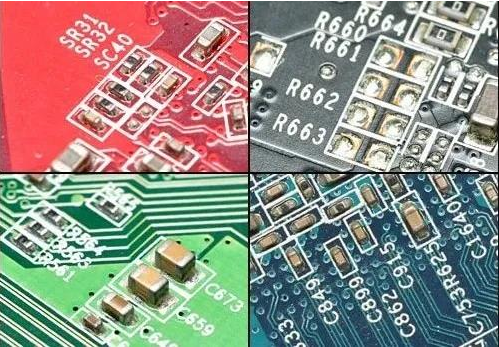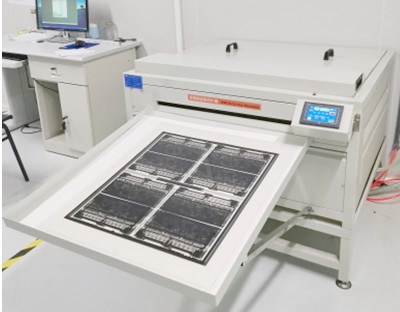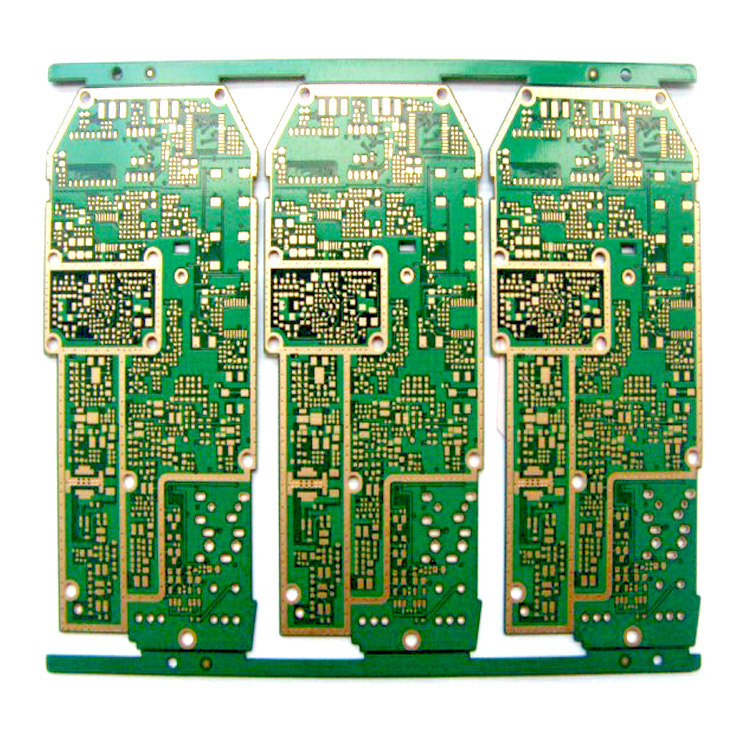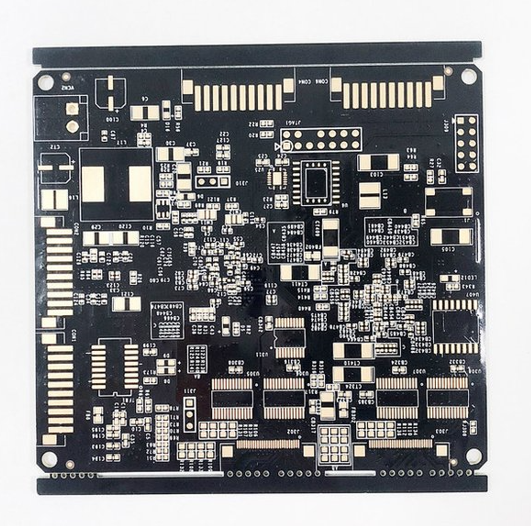What is the difference between gold plating and silver plating on PCB?
The PCB used in the wide variety of board products in the market is a dazzling variety of colors. The common PCB colors are black, green, blue, yellow, purple, red and brown.
In addition, some manufacturers have also developed white, pink and other PCB with different colors.

- The copper layer of PCB without solder resist paint is easily oxidized when exposed to air.
We know that both sides of PCB are copper layers. In the production of PCB, whether the copper layer is manufactured by addition or subtraction, it will get a smooth and unprotected surface.
Although the chemical properties of copper are not as active as those of aluminum, iron and magnesium, it is very easy to oxidize pure copper in contact with oxygen in the presence of water; Because there are oxygen and water vapor in the air, the oxidation reaction will take place on the surface of pure copper soon after it comes into contact with air.
Because the thickness of the copper layer in the PCB is very thin, the oxidized copper will become an electrical poor conductor, which will greatly damage the electrical performance of the whole PCB,
In order to prevent copper oxidation, to separate the soldered and non soldered parts of the PCB during soldering, and to protect the PCB surface, engineers have invented a special coating. This coating can be easily applied on the PCB surface, forming a protective layer with a certain thickness, and blocking the contact between copper and air. This coating is called solder resist, and the material used is solder resist paint.
Since it’s called lacquer, there must be different colors. Yes, the original solder resist paint can be made colorless and transparent, but for the convenience of PCB maintenance and manufacturing, it is often necessary to print small words on the board.
The transparent solder resist paint can only expose the background color of PCB, so the appearance is not good enough for manufacturing, maintenance or sales. Therefore, engineers added various colors to the solder resist paint to form black, red and blue PCBs.
- The black PCB is difficult to see the wiring, which makes maintenance difficult
From this point of view, the color of PCB has nothing to do with the quality of PCB. The difference between black PCB and other color PCBs such as blue PCB and yellow PCB is that the solder resist paint on the brush is different in color.
If the PCB design and manufacturing process are exactly the same, the color will not have any impact on the performance and heat dissipation.
If the PCB design and manufacturing process are exactly the same, the color will not have any impact on the performance and heat dissipation.
As for the black PCB, because its surface wiring is almost completely covered, which causes great difficulties in later maintenance, it is not convenient to make patent and use it.
Therefore, in recent years, people have gradually reformed to give up the use of black solder resist paint and use dark green, dark brown, dark blue and other solder resist paints in order to facilitate manufacturing and maintenance.
Speaking of this, we have basically understood the problem of PCB color. The reason why “color represents or low-end” is said is that manufacturers like to use black PCB to manufacture high-end products and red, blue, green, yellow and other low-end products.
To sum up, products are endowed with color meaning, not color.
- What are the advantages of gold, silver and other precious metals used on PCB?
Now that the color is clear, let’s talk about the precious metals on the PCB! When some manufacturers publicize their products, they will specifically mention that their products adopt special processes such as gold plating and silver plating. So what’s the use of this process?
The PCB surface needs to be soldered, so a part of the copper layer is required to be exposed for soldering. These exposed copper layers are called pads, which are generally rectangular or circular with a small area.

We know that the copper used in PCB is very easy to be oxidized, so after brushing the solder resist paint, the copper on the pad is exposed to the air.
If the copper on the pad is oxidized, it is not only difficult to weld, but also the resistivity increases greatly, which seriously affects the performance of the final product. Therefore, engineers have come up with various methods to protect the pads. For example, inert metal gold is plated, or a layer of silver is covered on the surface by chemical process, or a special chemical film is used to cover the copper layer to prevent the contact between the pad and the air.
The copper layer of the exposed pads on the PCB is directly exposed. This part needs protection to prevent it from being oxidized.
From this point of view, whether it is gold or silver, the purpose of the process itself is to prevent oxidation and protect the pads so that they can ensure the yield in the next welding process.
However, the use of different metals will put forward requirements for the storage time and storage conditions of PCBs used in the production plant. Therefore, PCB factories generally use vacuum plastic packaging machines to package PCBs after the completion of PCB production and before delivery to customers to ensure that PCB is not damaged by oxidation to the maximum extent.
Before the components are welded on the machine, the board manufacturer should also check the oxidation degree of PCB, remove the oxidized PCB, and ensure the yield. The cards that end consumers get have passed all kinds of tests. Even after long-term use, oxidation almost only occurs at the plug-in and plug-in connection parts, and has no impact on the pads and the soldered components.
Since the resistance of silver and gold is lower, will the use of special metals such as silver and gold reduce the heat generated when PCB is used?
We know that the factor that affects the calorific value is resistance; The resistance is related to the material of the conductor itself, the cross-sectional area and the length of the conductor. The thickness of the metal material on the surface of the pad is even much less than 0.01mm. If the pad is processed by OST (organic protective film), there will be no excess thickness at all. The resistance exhibited by such a tiny thickness is almost zero, which can not even be calculated, and certainly will not affect the calorific value.







 Jun. 29, 2022
Jun. 29, 2022 





